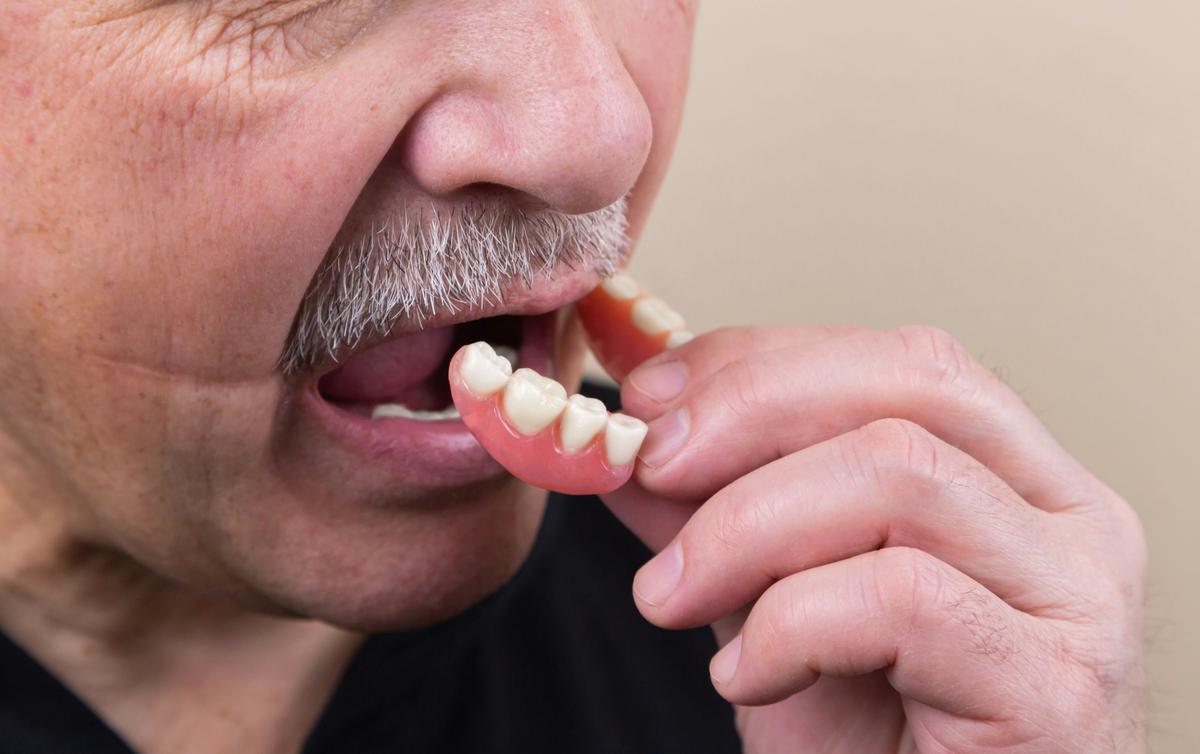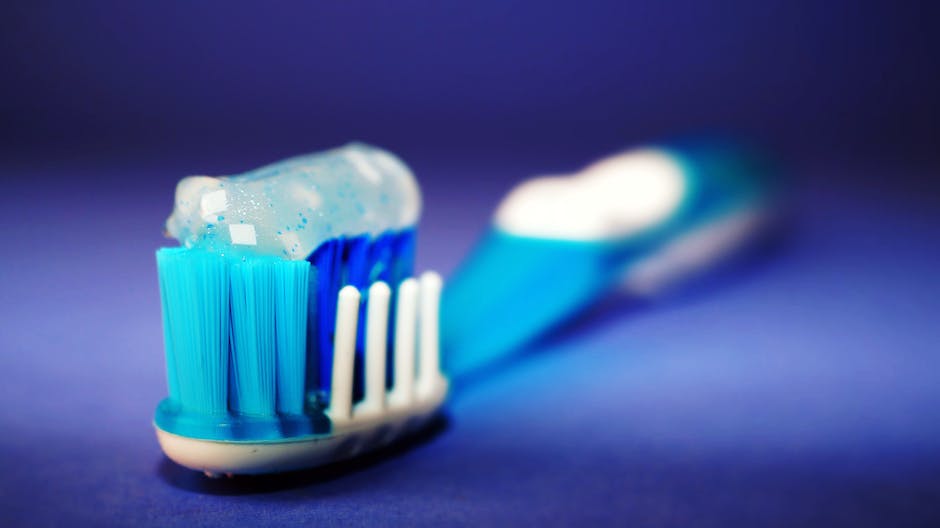Understanding the intricate factors contributing to the prevalence of cavities is essential for advancing oral health. One significant factor is the role of microbial plaque—an assortment of pathogenic bacteria that attach themselves to the tooth surface and thrive. These bacteria forge a tenacious biofilm, forming an ecosystem that disrupts the balance of the oral environment. The metabolization of dietary carbohydrates by microbes such as Streptococcus mutans generates acids capable of eroding tooth enamel and initiating dental caries. Furthermore, diet plays a monumental role in cavity development, where the quantity, frequency, and type of sugars consumed can alter the mouth’s microbial community, escalating the risk of decay. Concurrently, saliva stands as the mouth’s unsung hero, offering a natural line of defense against these detrimental processes. It champions the fortification of teeth by neutralizing harmful acids and aiding in the process of remineralization. Delving into these topics will unravel the complexity behind dental caries and empower individuals with the knowledge necessary for prevention and maintenance of oral health.
Role of Microbial Plaque
The formation of dental cavities, or caries, is a multifactorial process that is inordinately influenced by the microbial composition of dental plaque. Dental plaque itself is a complex biofilm, a structured community of microorganisms, adhering to the enamel surface of teeth. This adhesive layer consists predominantly of bacteria, which, when delineated taxonomically, are found to encompass species such as Streptococcus mutans and Lactobacilli. These bacteria play a pivotal role in cavity formation through their metabolic processes, that is, the fermentation of dietary carbohydrates, which subsequently leads to the production of organic acids as byproducts.
The acidogenic and aciduric natures of these bacteria facilitate an environment conducive to enamel demineralization. Concretely, after consumption of carbohydrates, especially sugars, these organisms metabolize the substrates and release lactic acid, among other acids. This localized acid production leads to a decrease in pH within the dental plaque biofilm—routinely down to cariogenic levels below the critical pH of 5.5. The drop in pH precipitates the dissolution of hydroxyapatite, the mineral component of tooth enamel, in calcified tissues. Over time, the relentless assault by these acids without adequate remineralization results in the net loss of mineral from the tooth surface, and eventually, the establishment of a carious lesion.
The dynamic interplay between dental plaque and tooth enamel is not unilateral, but rather modulated by saliva’s buffering capacity and the presence of fluoride, among other protective factors. Nevertheless, the persistent presence of microbial plaque is the foremost risk factor for cavity development. Rigorous oral hygiene practices aimed at the disruption of dental plaque, line with the informed use of fluoride-containing products, and a balanced diet low in fermentable carbohydrates, are of paramount importance in mitigating cavity formation.

Photo by diana_pole on Unsplash
Impact of Diet on Cavity Development
The inherent relationship between dietary intake and caries progression is a critical element of oral health research. Fermentable carbohydrates, primarily sugars and starches, represent the most significant dietary factors contributing to caries development. When consumed, these carbohydrates are metabolized by plaque bacteria, amplifying the production of harmful acids that synergize with the previously mentioned metabolic processes, further exacerbating enamel degradation.
It is essential to distinguish between the frequency and form of sugar intake—frequent consumption and sticky or slowly dissolving forms tend to intensify the acidogenic challenge to enamel, prolonging acid attacks and thus increasing caries risk.
Given the etiological role of dietary sugars, the identification of protective nutritional components is of equal importance. Dietary fiber, for instance, encourages salivary flow—an integral biological response that aids in the neutralization of plaque acids.
Moreover, foods high in calcium and phosphorus may assist in the remineralization process, counteracting acid dissolution by providing essential minerals that can be redeposited into the enamel matrix. The presence of these minerals in saliva through dietary means highlights the intricate balance between the protective measures provided by innate physiological responses and the facilitation of these responses through conscientious dietary choices.
The consumption of sugar alternatives, such as sugar alcohols like xylitol, may also present a viable strategy in mitigating caries risk. Xylitol, known for its anticariogenic properties, cannot be metabolized by oral bacteria into acids, thus breaking the cycle of acid production that leads to enamel demineralization.
This underscores the potential of substituting traditional, fermentable sugars with alternatives as a method of caries prevention. However, it is imperative to consider the broader context of dietary patterns, ensuring a holistic approach that encompasses not only sugar substitution but also maintains a focus on overall nutritional quality and oral hygiene.

Saliva and Cavity Prevention
Saliva serves as a natural defense mechanism against dental caries through various dynamic processes. It perpetually bathes the oral cavity, diluting and washing away food particles and debris, thus disrupting the tenacity with which dental plaque might otherwise adhere to tooth surfaces. The cleansing action of saliva is paramount; without it, the oral cavity would not only experience an accumulation of substances conducive to bacterial proliferation but also a stagnation of the acidic environment resulting from bacterial metabolism.
Additionally, saliva contains a broad spectrum of proteins and enzymes with protective properties. Among these are antibacterial agents like lysozyme, lactoferrin, and immunoglobulins that actively combat microbial pathogens responsible for caries. These antimicrobial elements are integral in maintaining a balance of oral microflora, preventing the overgrowth of cariogenic bacteria. Furthermore, specific salivary proteins contribute to the maintenance of enamel integrity, by participating in the remineralization process. They act as a supersaturation medium with regard to the calcium and phosphate ions—key players in the rebuilding of enamel after minor demineralization events. This remineralization process, bolstered by salivary components, is critical in repairing early carious lesions and hindering the progression of dental caries.
The importance of maintaining adequate salivary flow cannot be overstated. Hyposalivation, or reduced saliva production, can significantly elevate the risk of dental caries, as the protective elements of saliva diminish. The role saliva plays in modulating oral pH by neutralizing acids is compromised in hyposalivation, resulting in prolonged acid exposure to enamel and subsequent carious lesion development. The present understanding underscores advocating for measures that encourage healthy salivary function, which might encompass interventions ranging from chewing sugar-free gum to stimulate salivary flow to clinical management of conditions affecting saliva secretion. Through its multifaceted protective functions, saliva is a critical component in the oral environment, serving as a frontline defense against the insidious nature of dental caries.

As we navigate the multifactorial landscape of dental caries, it becomes clear that each intertwining element – the microbial plaque, our dietary habits, and the role of saliva – serves as a critical piece in the puzzle of cavity prevention. The interplay between these factors underscores the importance of comprehensive oral hygiene routines and enlightened dietary choices. Embracing preventative measures and understanding the biological underpinnings of tooth decay not only empowers us to maintain our dental health but also equips us with the tools to forestall the onset of cavities. Amidst our daily struggles, acknowledging and addressing these pivotal elements can lead to enduring smiles and a fortified bastion against dental caries.








